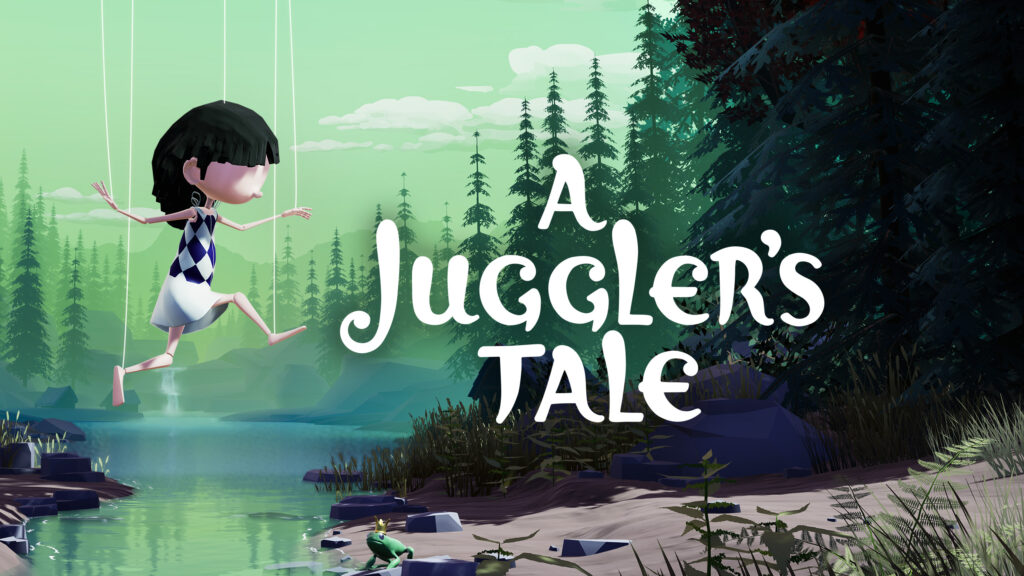
There is something about story-driven puzzle platformers that indie developers gravitate towards. The limited scope allows artists flexibility to craft beautiful scenery and to tell a story with visuals. Games like this are traditionally focused; having usually jumping and a contextual interact function.
Games like Little Nightmares or Inside were able to lean on highly detailed settings and elaborate 3D models to draw players into their worlds. A creative visual style can go a long way in making a platformer compelling, and A Juggler’s Tale is one that aims to make its mark in the budding subgenre.
A Juggler’s Tale presents itself as a marionette puppet show that is being performed by an offscreen narrator and puppeteer. The story centers on Abby, a juggler who is part of a touring troupe of performers, and how she is abused by the ringmaster when the show is over. A Juggler’s Tale truly starts when Abby breaks out of her cage, and begins her quest of understanding what freedom means.
A Juggler’s Tale
Developer: Kaleidoscube
Publisher: Mixtvision
Platforms: Windows PC, Nintendo Switch, PlayStation 4, PlayStation 5 (reviewed), Xbox One, Xbox Series X|S
Release Date: September 29, 2021
Players: 1
Price: $17.99 USD
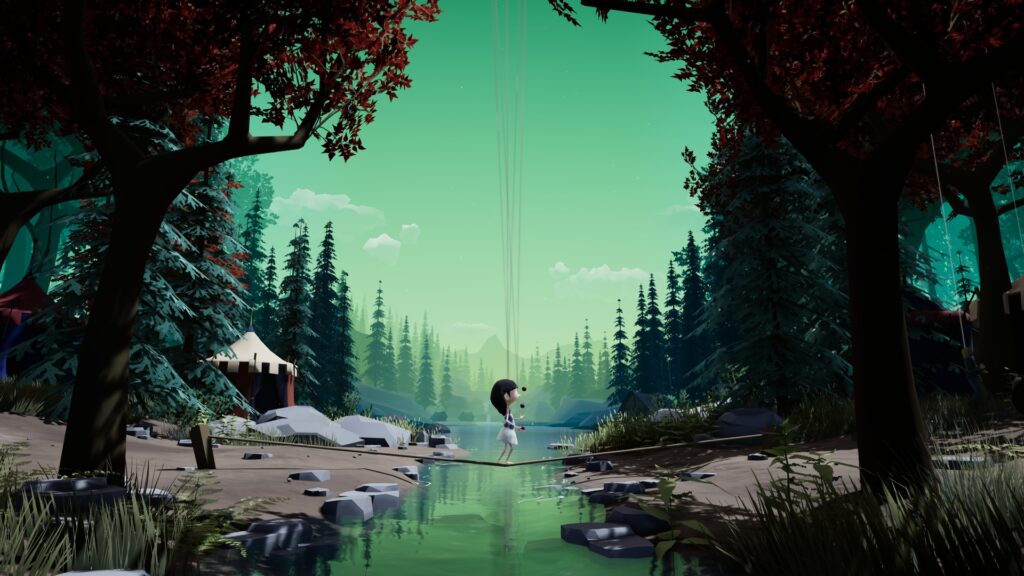
Every character in A Juggler’s Tale is a marionette puppet on a stage. The details of the environments are embellished to look more natural, as children in the audience might envision them. This means that all puppets and objects all abide by the rules of the puppet master, and his story that he’s making up as he goes along.
It isn’t long until Abby’s problem is apparent; being a marionette puppet means having strings, and A Juggler’s Tale uses this as a crucial puzzle and story-telling element. Abby can’t pass under structures because of her strings. She is no more free than she was when she was under the “care” of the ringmaster, only now the puppeteer is her master.
A Juggler’s Tale has mostly easy to solve puzzles that can be figured out immediately when they appear, but there are a couple that might stop gamers in their tracks to stop and ponder. It isn’t long before Abby loses her strings, and has to contend with an antler wearing beefy guy who stalks her. Dealing with a very aggressive antagonist who has the string limitation becomes some of the best moments in the game.
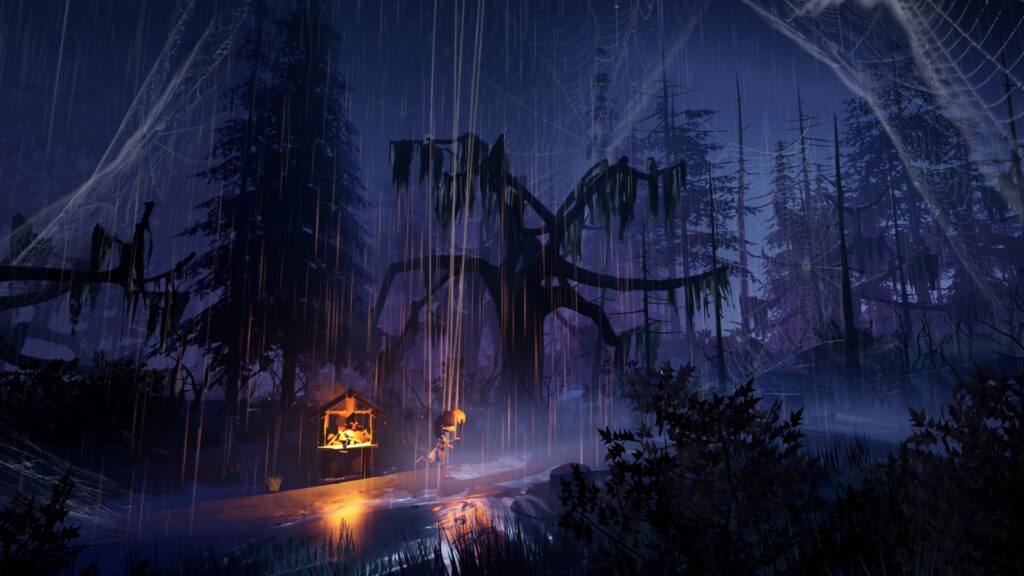
Most puzzles are rarely repeated, with a few exceptions involving some box pushing, and moving torches in the rain before the extinguish. A Juggler’s Tale keeps repetition to a minimum to keep the scenario flowing at a brisk clip. Players won’t be doing the same thing for long, and will move on to the next sequence before they realize it.
Most games would have frequent and long stretches of stealth portions, but this game only has about three encounters. This is probably due to the lack of quality artificial intelligence for threats. Encounters with enemies are very mechanical. They don’t behave naturally at all, and are prone to breaking. It isn’t hard to cause one of these guys to convulse and suffer spasms because their programming is confused.
Since scenarios are kept lean and to the point, the game designers run out of tools and leave the game feeling very light. A Juggler’s Tale is a very short and easy platform adventure that lasts about two to three hours at most. A game should only be as long as it needs, but this game climaxes just as it was beginning to get interesting.
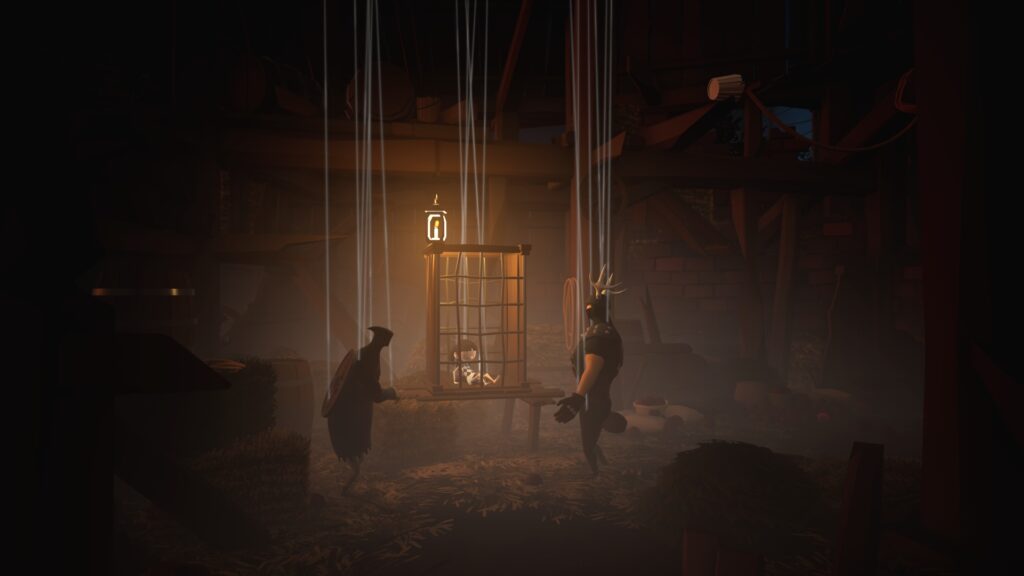
Art direction is a large part of the appeal of games like Inside and Little Nightmares and A Juggler’s Tale tries very hard to be like them. The specs of the PlayStation 5 allow the assets to look their very best, yet the visuals never quite reach the artistry that Inside or Little Nightmares achieve.
Character models don’t fully commit to the marionette motif as much as they should. Joints are not designed the way actual marionettes would be built, and in most cases have no joints at all. The artists only managed to fully commit to this with Abby, and gave her the most attention.
At very beginning, there is a bear that resembles a carved solid statue, but still has strings. This lack of attention to detail sticks out with a lot of other side characters, and it’s perplexing that it was overlooked. It’s too bad that the art direction can be sloppy with its theme, but at least the overall package looks excellent. Every scene is vibrant and glows; boasting every post processing effect imaginable.
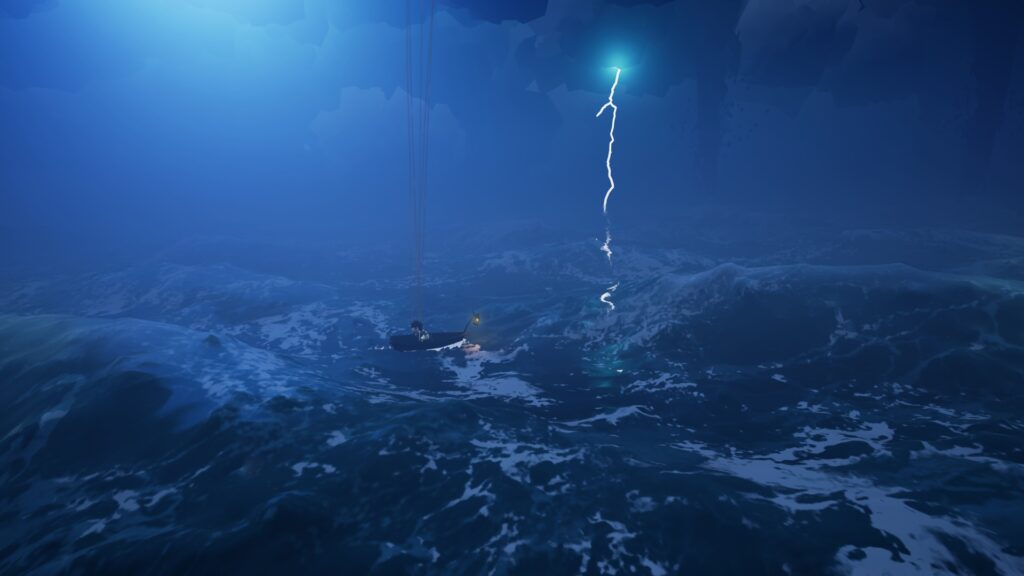
A Juggler’s Tale makes extensive use of ambient nature sounds to emphasize the feeling of running away into the world. Between the faint pitter patter of Abby’s feet daintily crunching against the soft loam beneath her feet, and the distant birds fluttering and chirping crickets; A Juggler’s Tale can make the atmosphere feel lonely. That is of course, until the narrator breaks the silence with his limericks.
The narrator and puppeteer’s voice actor is excellent, and has to perform a complex character. Just by one innocent line and how it’s delivered, a discerning player may catch on that there is more to him. His rhymes become more sinister the longer the journey goes on, and even though he is always unseen, he manages to have an forbidding and aggressive presence through out.
The few times there is music in A Juggler’s Tale, it’s forgettable and fades into the background. There was no style or memorable leitmotif to establish any personality; just generic whimsical cues. Some moments try to use music to set up an emotional ambiance, but it may as well been silent.
The game has no replay value whatsoever. Even the incredibly anemic Little Nightmare games had amusing hats or masks to wear, and hidden areas that unlocked artwork. Inside was bold enough to have a secret ending that took its core concept and made a meta commentary on itself. A Juggler’s Tale has nothing.
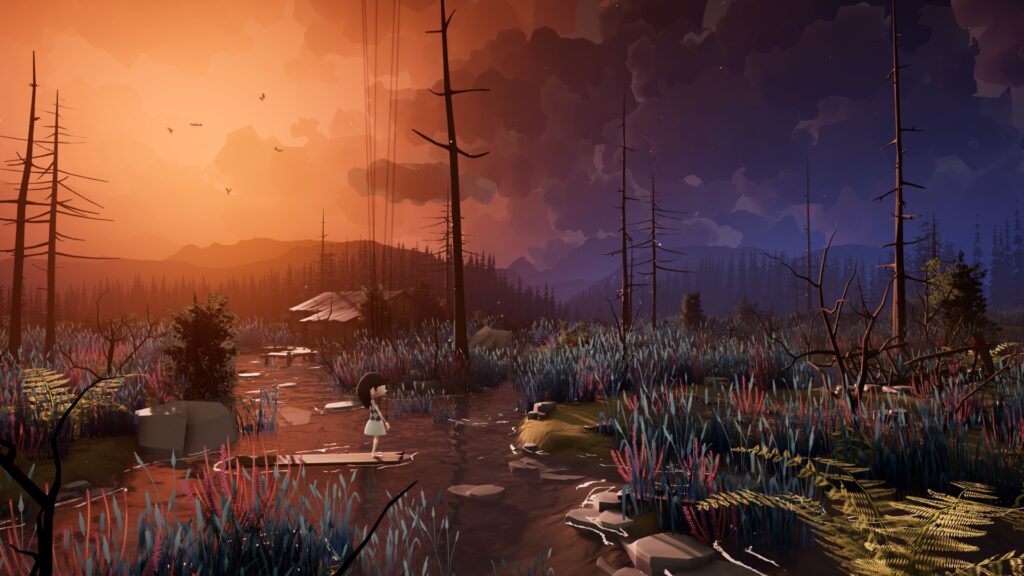
A Juggler’s Tale is very short, but worth playing once. It has decent visuals, clever puzzles, and the story is original. There are even a few moments where the game reaches greatness, and almost goes beyond expectations; before it swiftly lands back on its feet. The game just does not go far enough with its concept, and will leave gamers feeling hungry.
It also has a pretty steep price of $17.99 USD. Considering the nonexistent replay value and the utter brevity of the entire experience; it should have been priced more competitively. The subgenre of puzzle platforming as a child in a harsh world has a ton of options now, and A Juggler’s Tale is dangerously close to being a generic example of itself.
A Juggler’s Tale was reviewed on PlayStation 5 using a review code provided by Mixtvision. You can find additional information about Niche Gamer’s review/ethics policy here.